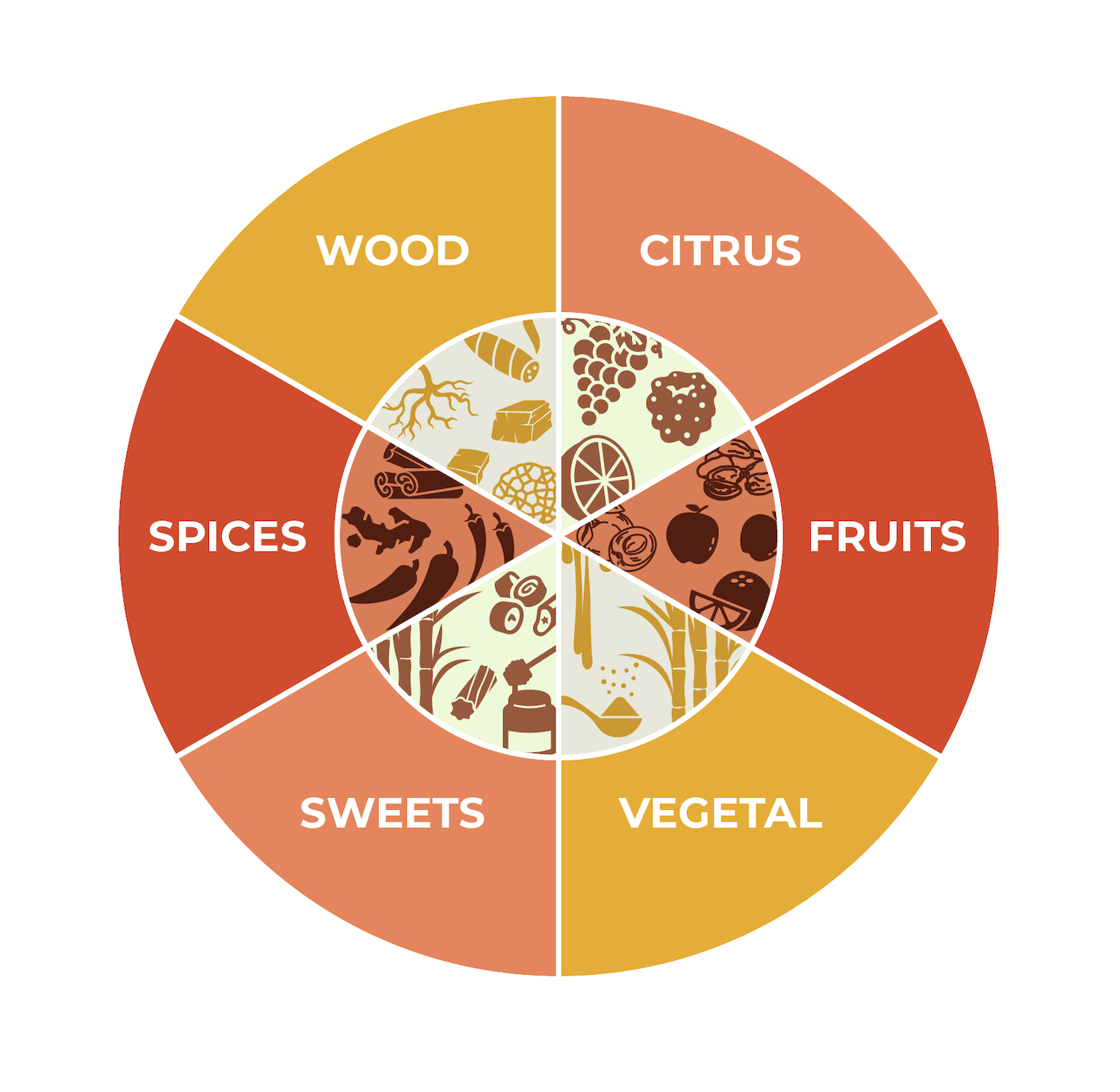Possessing a long history that is shrowded in stories of piracy, slavery, and colonisation, rum is one of the oldest and most interesting of distilled spirits enjoyed by those who have a sweeter tooth or like drinks with a rich depth of flavour.
Before delving into the wonderful world of rum, let us first consider all that you need to know about this fascinating drop.
Rum is an alcoholic beverage created by distilling either sugar cane juice or molasses (a syrupy like product made by refining sugarcane into sugar) in a process that produces a clear, white liquid.
The resulting clear spirit can then either be bottled as is without ageing or with minimal ageing, producing familiar products such as the Bacardi Carta Blanca Superior White Rum, or it can be aged in wooden barrels for any number of years to create a darker, richer product like the incredibly flavoured Bundaberg Master Distillers Small Batch Vintage Barrel Rum.
Unlike whisky, rum has few laws regulating its production, creating a melting pot of diversity in flavour, colour, and production processes that means understanding this category can often appear very difficult.
Lack of regulations aside, there are a number of simple classifications that can be placed upon the various styles of rum that exist which go a long way towards directing your drinking experience.
The simplest methods of classifying rum are achieved through consideration of its country of origin or its colour, further explored in this article and below.
When looking at the country of origin, those prominently mentioned are the former colonies of Spain, England, and France.
When grouped together, the former colonies of each European nation have flavour profiles that are distinguishable from each other, making it possible to look at the country of origin when trying to figure out how the resulting rum will taste, explored further in this article also.
Turning to colour, rum is best separated upon whether its silver or white, golden, or dark or black, as each colour affects the flavours that can be expected to be found in each bottle.
When looking to pick out some of the prominent flavours found in any bottle of rum consumed it is often best to select from one of the following categories or types found in this flavour wheel, including vegetal, sweets, citrus, fruits, spices, and wood.
For a description of these, consider below.
| Vegetal | A vegetal taste in rum typically shows itself through a distinctly earthy or plant-like taste that can often be sweet. For a close comparison, try freshly pressed sugar cane juice |
|---|---|
| Sweets | A sweet taste in rum can manifest itself through types of chocolate, including milk, dark or white chocolate to types of sweeteners or flavourings, including honey, sugar, or caramel |
| Citrus | Though a type of fruit, citrus is displayed on its own here as it is most commonly strongest in white rums and is not to be confused with other dried or fresh fruit flavours that can be found in other rum |
| Fruits | Fruit flavours in rum can appear as either dried or fresh fruits, particularly oranges, tropical fruits, raisins, or other common dried fruits, such as apricots |
| Spices | Spice flavours in rum present themselves as either hot, sweet or herbal spices, including mint, thyme, vanilla, cinnamon, pepper, or cayenne, to name a few |
| Wood | Wood tastes in rum refers to the distinctly ashy or oaky flavours imparted often from oak ageing, including charcoal smoke, wood, or even cigarette or cigar smoke |
Golden rums, often sometimes sweetly spiced to add enticing complexity, is an enduring favourite of almost all bars and bottle shops. Discover more about how they’re best enjoyed and how to match them with food in our complete guide to golden and spiced rum.
Often misunderstood for aged and far pricier rums, dark and black rum is a richly flavoured drinking experience. Although often enjoyable on their own, find out other ways of enjoying these rums and how to pair them with food in our guide to dark and black rum.

